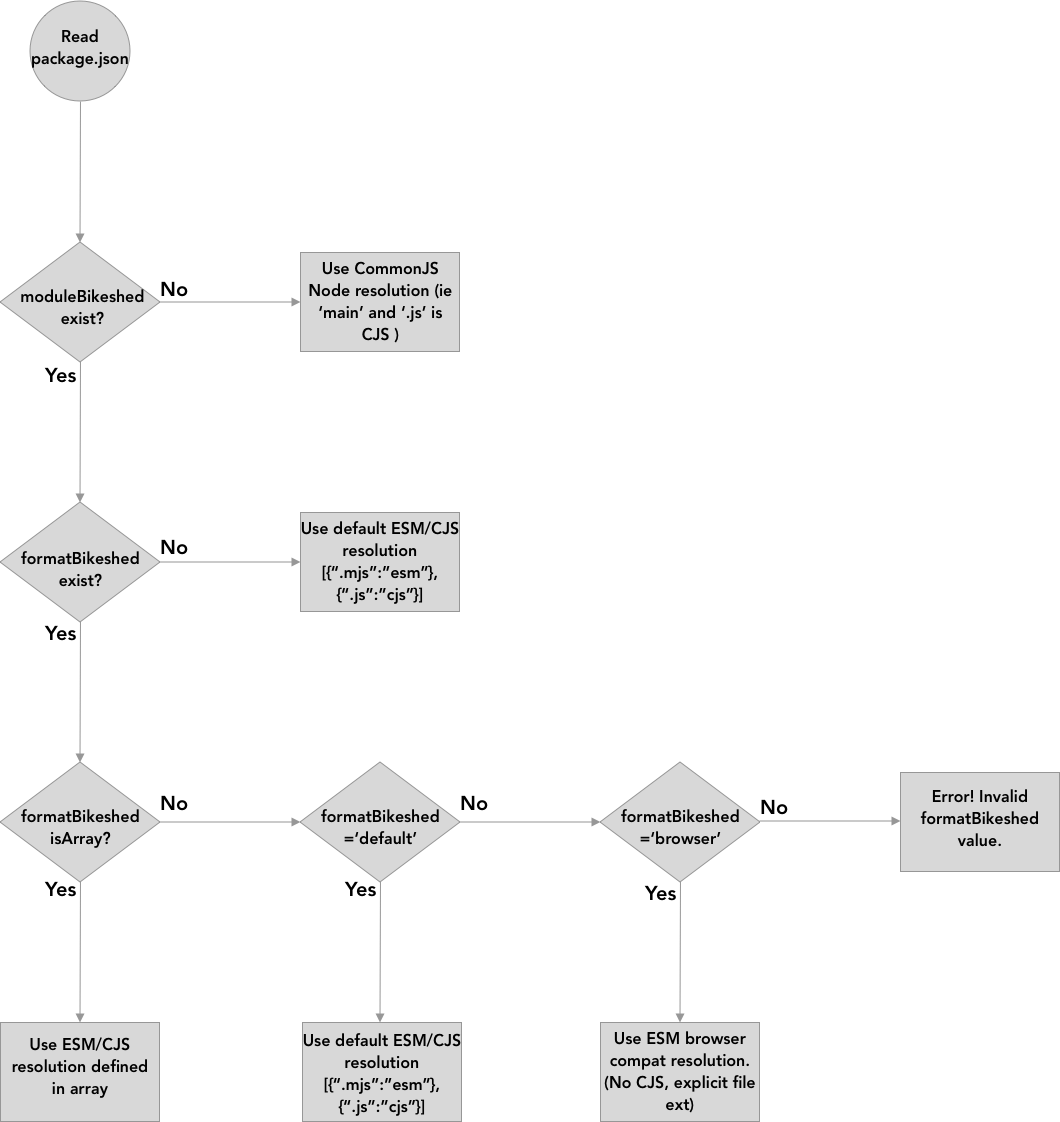@antstanley One solution is the proposal at the top of this thread: a new field to define the ESM entry point, just like the community has adopted de facto with "module". That way we get dual packages while still preserving both .js everywhere and no extension searching in ESM.
To take your GraphQL.js as an example, you have src and dist folders, with ESM in the former and presumably CommonJS in the latter. Under this proposal, your package.json could include this:
"type": "module",
"main": "dist/index.js",
"exports": "src/index.js"CommonJS ignores "type", so require('graphql') would load dist/index.js as CommonJS; and import 'graphql' would load src/index.js as ESM. So literally the only thing you would need to do to make GraphQL.js a compatible dual package would be to add "exports": "src/index.js". That’s it.
If you wanted to be more explicit, you could create a dist/package.json file containing "mode": "commonjs", and then both ESM and CommonJS environments would treat all the files in dist/ as CommonJS. You could do the same with src/package.json containing "type": "module", to fully separate the scopes of these folders from the root of your package.
One more thing to note is that older versions of Node treat unknown extensions as CommonJS, so a .cjs file would load as CommonJS JavaScript.

@guybedford, @jkrems and I discussed the package dual-ESM/CommonJS case and we have a small proposal, based on the current ecmascript-modules implementation:
The
package.json"main"field reverts to its prior CommonJS-only use.A new field
"exports"is created that takes a string like"./src/index.js". This is the ES module entry point."exports"is toimportwhat"main"is torequire.Notes:
"exports"may in the future take an object, preserving design space for the package exports proposal.If
"exports"points to a.jsfile and"type": "module"is not set, an error is thrown similar to the “type mismatch” errors (like using--type=commonjswith an.mjsfile). The error would also instruct the user to add"type": "module"topackage.json. The"exports"field does not imply"type": "module".And that’s it! This should cover the case while preserving design space for future proposals, and for Node potentially switching to ESM by default someday.